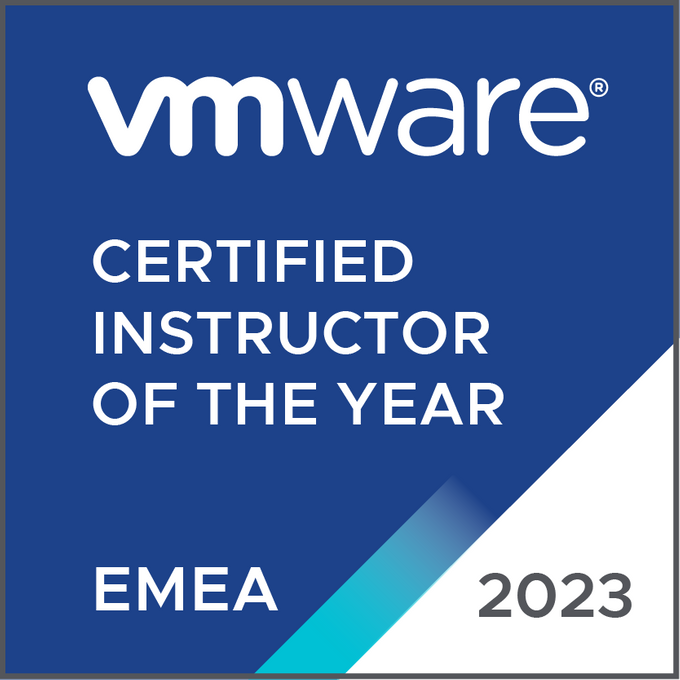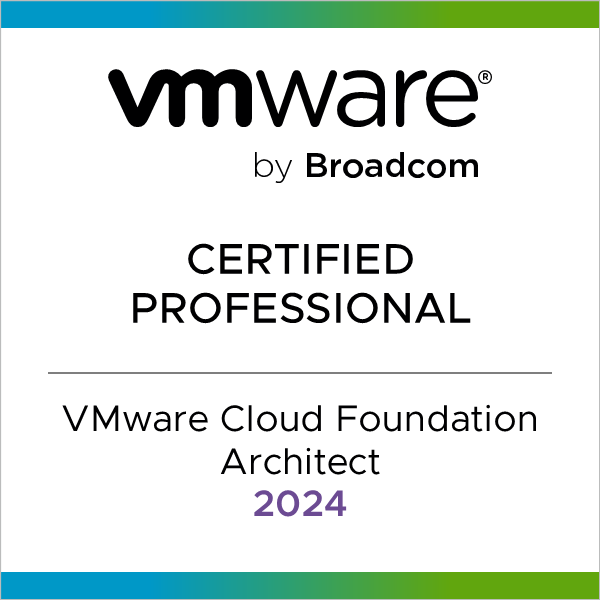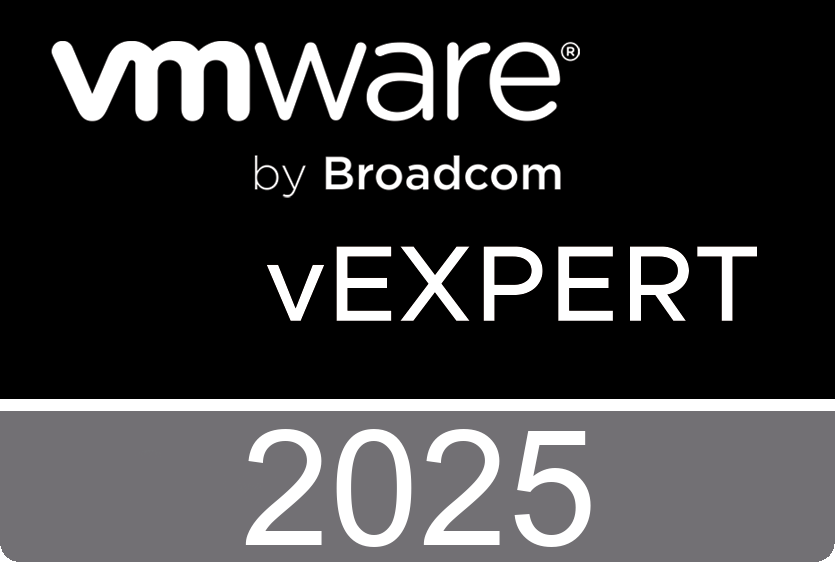While one of my readers (credits to Scoobie Guy) was exploring the features of DV switches he inadvertently discovered if you make major changes (or rebuild) your virtual center instance, or remove a host from a VC instance you may end up with the following errors:
The distributed Virtual Switch corresponding to the proxy switches d5 6e 22 50 dd f2 94 7b-a6 1f b2 c2 e6 aa 0f bf on the host does not exist in vCenter or does not contain the host.
From this article: http://www.vmware.com/support/vsphere4/doc/vsp_esxi40_vc40_rel_notes.html#knownissues
Here is an explanation: Removing an ESX/ESXi host configured with a vDS from a vCenter Server system results in inconsistent networking state on the host. If you remove an ESX/ESXi host configured with a vDS from a vCenter Server system, the host cannot reconnect to the vDS. When you add the host back to the vCenter Server system, a warning similar to the following appears:
The distributed Virtual Switch corresponding to the proxy switches d5 6e 22 50 dd f2 94 7b-a6 1f b2 c2 e6 aa 0f bf on the host does not exist in vCenter or does not contain the host.
The virtual machines continue to function on their respective ports, but new virtual machines are not allowed to power on. You cannot modify the vDS settings for this host by using a vSphere Client connected to the vCenter Server system.
Workaround: Perform the following steps:
- Use a vSphere Client to connect directly to the ESX/ESXi host. This workaround requires a direct connection.
- Migrate the virtual machines off of the invalid vDS ports one by one by editing the settings of each virtual machine. This will result in prolonged network interruption to the virtual machines.
- Choose Host > Configuration > Networking > Distributed Virtual Switch and click Remove.
- In a vSphere Client connected to the vCenter Server system, refresh the network settings of the host. The errors are cleared.
- Add the host back to the vDS, either manually or by using a host profile.
- Migrate the virtual machines back to their respective ports or portgroups on the vDS. To do so, right-click the vDS and choose Migrate Virtual Machine Networking. This process also results in network interruption to the virtual machines.
Now the fun / trouble really starts! Rebuilding your network!
Another thing to note, if you miss configure a DvSwitch you may lose all connectivity to your ESX hosts. Examples are the MTU settings change from 1500 to 9000, if your NICs or Switch don’t support it then you will lose connectivity. My recommendation is to keep at least one service console port on a standard virtual switch. That way you can always reach your hosts, and worse case if you need to rebuild your service console network it’s much easier.
Nice trackback from Mike Laverick: Got a question for you. Preparing to start a new vSphere farm and trying to decide do I use stand switches or start with the DVS. Especially when I see this: http://www.ntpro.nl/blog/archives/1283-vSphere-DvSwitch-caveats-and-best-practices!.html So the main question is do we think this is mature enough to go forward with yet? Can I use Host profiles with DVS safely? --> http://www.rtfm-ed.co.uk/?p=1875


